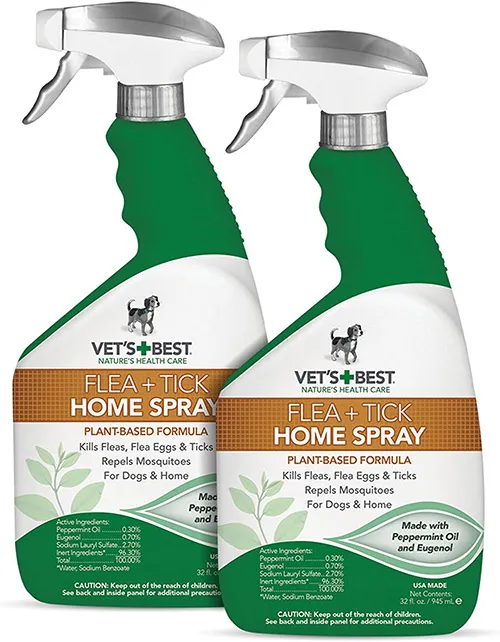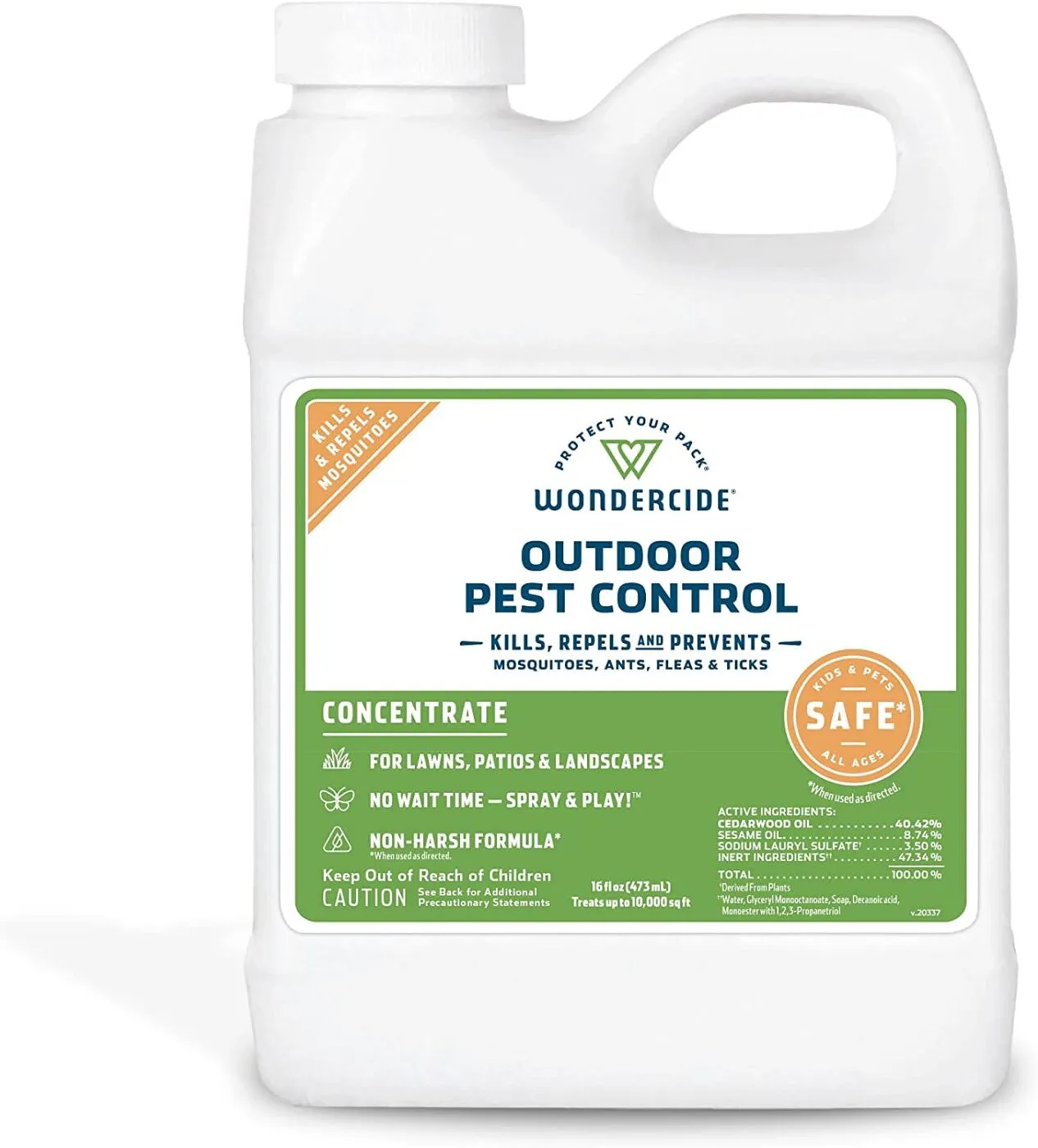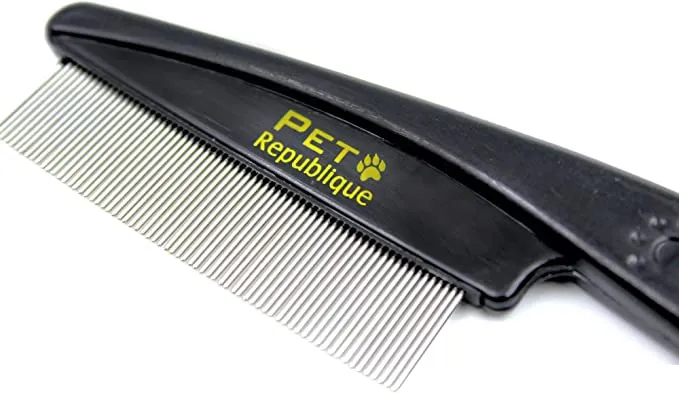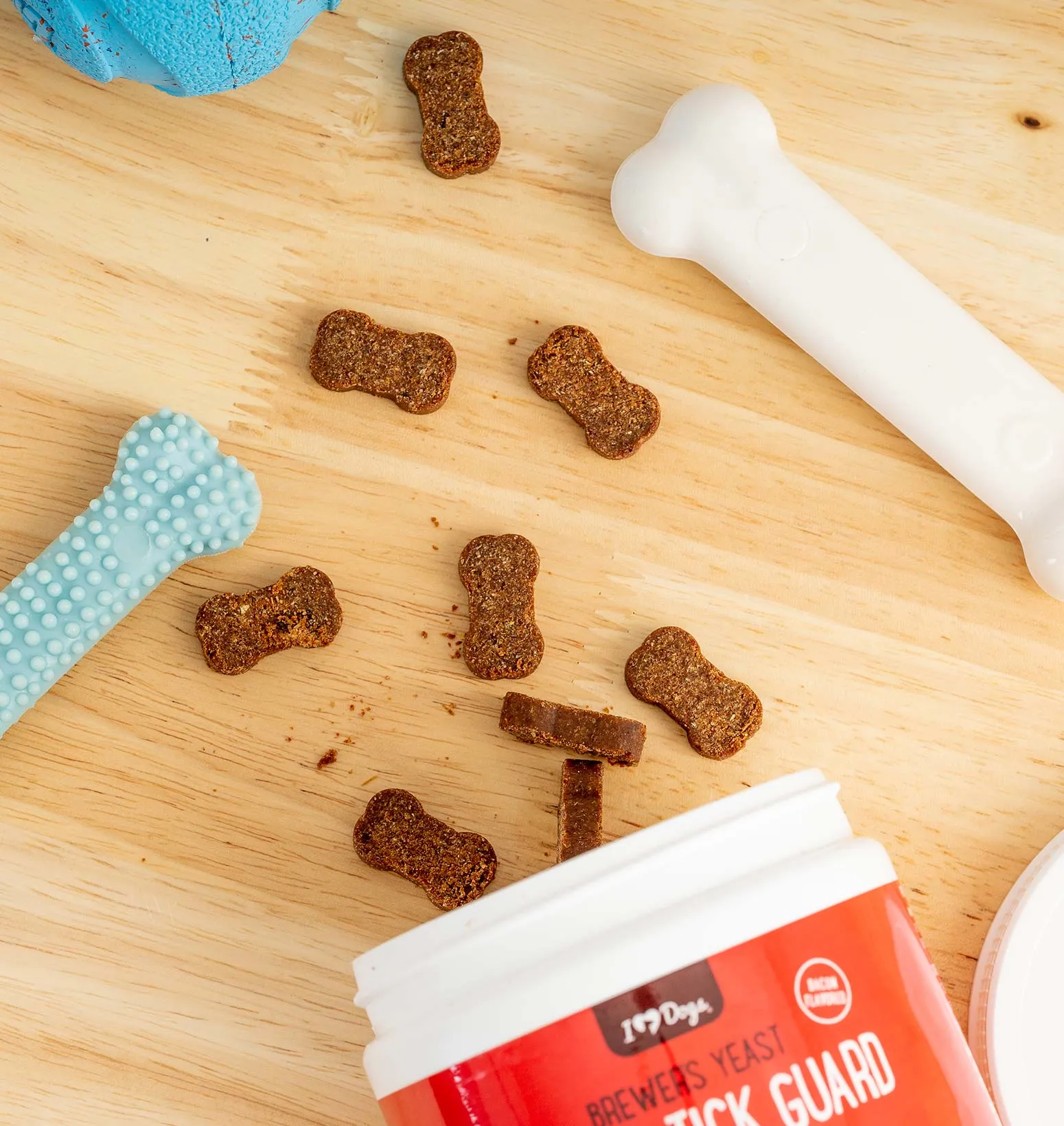Few things are as unsettling for a Great Dane parent as discovering fleas or ticks on their beloved companion. These tiny pests not only cause intense irritation and discomfort for your large dog, but they can also transmit dangerous parasites and diseases, posing a significant threat to their overall health. The challenge lies in choosing the most effective and safest Flea And Tick Medicine For Great Danes, navigating a landscape of options ranging from traditional chemical treatments to natural preventative strategies. This article will delve into both approaches, highlighting concerns associated with chemical solutions and outlining a comprehensive, natural prevention plan to help keep your gentle giant pest-free.
Why Great Dane Owners Are Reconsidering Chemical Flea and Tick Medicine
In recent years, a growing number of pet parents have expressed concerns regarding the safety of chemical-based flea and tick medicine for Great Danes and other pets. The U.S. Food and Drug Administration (FDA) has repeatedly issued warnings about potential adverse effects linked to certain chemical flea repellents, specifically those in the isoxazoline class. These warnings, reissued in August 2021, highlight possible neurological reactions, including seizures, muscle tremors, and ataxia (loss of coordination and balance) in some dogs and cats, even though the FDA notes that most pets on these medications experience no side effects. However, a significant number of pet owners report differing experiences, sharing concerns within large online communities.
Beyond these safety concerns, chemical pesticides face an inherent challenge: the adaptability of fleas and ticks. Over time, these resilient pests can develop immunity to various chemical compounds, necessitating a constant rotation of traditional flea control products. While chemical-based pesticides can be highly effective for many dogs and may offer robust infestation prevention, the potential for side effects and the development of resistance lead many Great Dane owners to seek alternative solutions. Even for those who opt for traditional pesticide-based flea control, incorporating natural flea and tick medicine for Great Danes can boost overall effectiveness and provide an added layer of protection.
A 4-Step Natural Strategy for Flea and Tick Prevention in Great Danes
Natural prevention methods can be remarkably effective for your Great Dane, provided you maintain diligence across four key areas. This holistic approach focuses on making your dog and their environment inhospitable to fleas and ticks, minimizing reliance on harsh chemicals.
1. Internal Defense: Protecting Your Great Dane from Within
One foundational aspect of natural flea and tick medicine for Great Danes involves building an internal defense. By leveraging nutrition and specific natural supplements, you can subtly alter your Great Dane’s body chemistry, making them less appealing to pests. A popular and effective supplement for this purpose combines brewer’s yeast and garlic. When incorporated into your dog’s daily diet, these ingredients are believed to create an odor profile that, while undetectable to humans and dogs, is highly unpleasant to fleas and ticks, effectively warding them off. Many Great Danes enjoy these supplements, often mistaking them for a tasty treat. This method focuses on prevention by deterring pests before they even consider taking up residence.
2. External Barriers: Sprays and Topical Solutions
Complementing internal defenses, external applications create a protective barrier on your Great Dane’s fur and bedding. Natural, pet-safe essential oil sprays are an excellent option for this. These products typically contain essential oils known for their repellent properties against fleas and ticks. When applied regularly to your Great Dane’s coat and their resting areas, these sprays help prevent bugs from settling. Some formulations go a step further, including plant-based compounds that not only repel but also actively kill fleas and their eggs upon contact, providing a multi-faceted external defense.
 Natural flea and tick spray being applied to a dog's fur
Natural flea and tick spray being applied to a dog's fur
3. Environmental Control: Protecting Your Home and Yard
A truly comprehensive natural pest control program for your Great Dane must extend beyond the dog itself and address their living environment. Even if your dog is completely rid of fleas, they will face re-infestation if eggs and larvae persist in your home or yard. A highly recommended natural method for eliminating fleas in the environment is the use of diatomaceous earth (DE). This finely powdered, fossilized algae works mechanically, not chemically. When fleas or ticks come into contact with DE, its microscopic, sharp edges cut their exoskeletons, leading to dehydration and death. Crucially, food-grade diatomaceous earth is harmless to pets and humans. Another effective option for yard treatment includes natural yard sprays, such as popular brands like Wondercide, which utilize similar essential oil-based compounds to repel and kill pests in outdoor spaces.
 Diatomaceous earth powder being spread around a home and yard
Diatomaceous earth powder being spread around a home and yard
4. Daily Vigilance: Regular Checks for Fleas and Ticks
No matter how robust your prevention strategy, daily inspection remains a critical component, especially during warmer months when pests are most active. Regularly checking your Great Dane for fleas and ticks allows for early detection and removal. Pay close attention to areas like the ears, neck, armpits, groin, and between the toes. A common sign of fleas is “flea dirt,” which are tiny black specks of flea waste left behind in your dog’s fur. A simple flea comb is an invaluable tool for thoroughly inspecting your Great Dane’s coat and helps to discover these pests quickly. It’s important to remember that if your Great Dane is already infested, you will need to eliminate the existing bugs before a preventative strategy can become fully effective.
 Close-up of a person using a flea comb on a dog's fur
Close-up of a person using a flea comb on a dog's fur
The iHeartDogs Advantage: Natural Flea & Tick Guard Bones
For those seeking an effective internal defense against pests, the iHeartDogs Flea & Tick Guard Bones offer a natural and tasty solution. These chewable tablets leverage a specific blend of brewer’s yeast and a small amount of garlic. When consumed daily, these ingredients help create an internal environment that makes your Great Dane less appealing to fleas and ticks, causing them to steer clear. This natural approach ensures your pup remains pest-free without detectable odors to humans or other animals.
Beyond pest deterrence, each chewable tablet is packed with beneficial nutrients. They serve as an excellent source of protein, trace minerals, and B-complex vitamins, all crucial for promoting healthy skin and coat, supporting normal cellular growth and function, boosting immune health, and enhancing overall well-being. These palatable chews are often perceived as treats, making administration easy even for the pickiest Great Danes. Furthermore, every purchase of iHeartDogs products contributes healthy meals to shelter dogs, allowing you to protect your pet while helping others in need.
 iHeartDogs Flea & Tick Guard Bones packaging
iHeartDogs Flea & Tick Guard Bones packaging
Frequently Asked Questions About Flea and Tick Medicine for Great Danes
Choosing the right flea and tick medicine for Great Danes can be complex. Here are answers to some common questions to help you make an informed decision.
Natural vs. Traditional: Which is Better for My Great Dane?
The decision between natural and traditional pesticide-based flea and tick products is highly personal and should always involve a discussion with your veterinarian. In general, natural methods tend to have fewer associated side effects but may require more diligent application and environmental control to be fully effective. Traditional pesticide-based products are often highly effective and convenient to administer, but they carry potential risks of adverse side effects, which some reports indicate may be increasing. Your vet can provide tailored advice based on your Great Dane’s specific health, lifestyle, and your local pest prevalence.
What are the Common Side Effects of Flea and Tick Medications for Great Danes?
According to the FDA, the most commonly reported side effects for isoxazoline-class flea and tick medications include neurological adverse reactions such as muscle tremors, ataxia (problems with coordination and balance), and seizures in some dogs and cats. Other potential side effects can vary depending on the specific product and active ingredients.
What is the Best Natural Flea and Tick Preventive for Great Danes?
As outlined in this article, the most effective natural flea and tick preventive strategy for Great Danes involves a comprehensive 4-pronged approach:
- Internal Supplementation: Utilizing natural brewer’s yeast and garlic supplements to make your dog less appealing to pests.
- External Sprays: Applying natural, pet-safe essential oil sprays daily to your Great Dane’s fur and bedding during warm months.
- Environmental Treatment: Treating your yard and home with natural products like diatomaceous earth or natural yard sprays.
- Daily Inspection: Regularly checking your Great Dane for any signs of fleas or ticks, especially after outdoor activities.
Are Popular Chemical Flea and Tick Medicines Safe for Great Danes?
The safety of popular chemical flea and tick medicines like Bravecto, NexGard, Simparica, Seresto, and K9 Advantix II for Great Danes is a question best addressed with your veterinarian. While FDA data suggests that the majority of pets tolerate these medications well, there are documented reports of adverse reactions. Some estimates even suggest that only a small percentage of adverse reactions are ever officially reported to the FDA. According to data compiled by Dr. W. Jean Dodds and Jon P. Kimball, there have been a significant number of reported pet deaths and adverse reactions associated with various flea, tick, and heartworm medications up to April 2021. This underscores the importance of weighing the benefits and risks with your vet.
| Brand | Active drug ingredient | Date released | Adverse reactions | Deaths (including euthanasia) |
|---|---|---|---|---|
| Bravecto | fluralaner | 2014 | 43,602 | 1,533 |
| Bravetco plus | fluralaner+moxidectin | 2019-2020 | 77,459 | 4,753 |
| Comfortis | spinosad | 2012 | 162,354 | 4,816 |
| Trifexis | spinosad+milbemycin+oxime | 2011 | 200,941 | 6,662 |
| Credelio | lotilaner | 2018 | 3,302 | 95 |
| Revolution | selamectin | 2000 | 19,552 | 1,980 |
| Revolution plus | selamectin+sarolaner | 2019 | 31,605 | 2,346 |
| Nexgard | afoxolaner | 2013 | 36,340 | 1,086 |
| Nexgard Spectra | afoxolaner+milbemycin+oxime | 2014 | 190,802 | 5,998 |
| Simparica | sarolaner | 2016 | 14,153 | 432 |
| Simparica trio | sarolaner+moxidectin+pyrantel+pamoate | 2020 | 140,646 | 6,717 |
| Heartgard, Ivomec | ivermectin | 1996 | 94,798 | 4,103 |
| Heartgard Plus, Triheart | ivermectin+pyrantel+pamoate | 2003 | 105,139 | 5,332 |
| Iverhart Max | ivermectin+pyrantel+pamoate+praziquanel | 2018 | 129,815 | 6,207 |
| Interceptor | milbemyxin+oxime | 2013 | 154,190 | 3,911 |
| Interceptor Plus, Milbemax | milbemyxin+oxime+praziquantel | 2015 | 172,860 | 4,938 |
| Totals: | 1,577,958 | 60,909 |
Data (USA) from FDA of reported adverse reactions & deaths after administering flea, tick and heartworm treatments – updated April 17th, 2021.
Conclusion
Protecting your Great Dane from fleas and ticks is a crucial aspect of responsible pet ownership, requiring careful consideration of available treatments. Whether you lean towards traditional chemical flea and tick medicine for Great Danes or prefer a natural, holistic approach, the key lies in making informed choices that prioritize your dog’s safety and well-being. While chemical options offer convenience and potent effects, their associated risks and the potential for pest resistance prompt many owners to explore alternatives. A multi-pronged natural strategy, encompassing internal supplements, external sprays, environmental control, and daily checks, offers a compelling way to deter pests effectively. Ultimately, partnering with your veterinarian is essential to devise the best flea and tick prevention plan tailored to your Great Dane’s unique needs, ensuring they lead a comfortable, healthy, and pest-free life. Explore comprehensive care options and give your gentle giant the protection they deserve.
